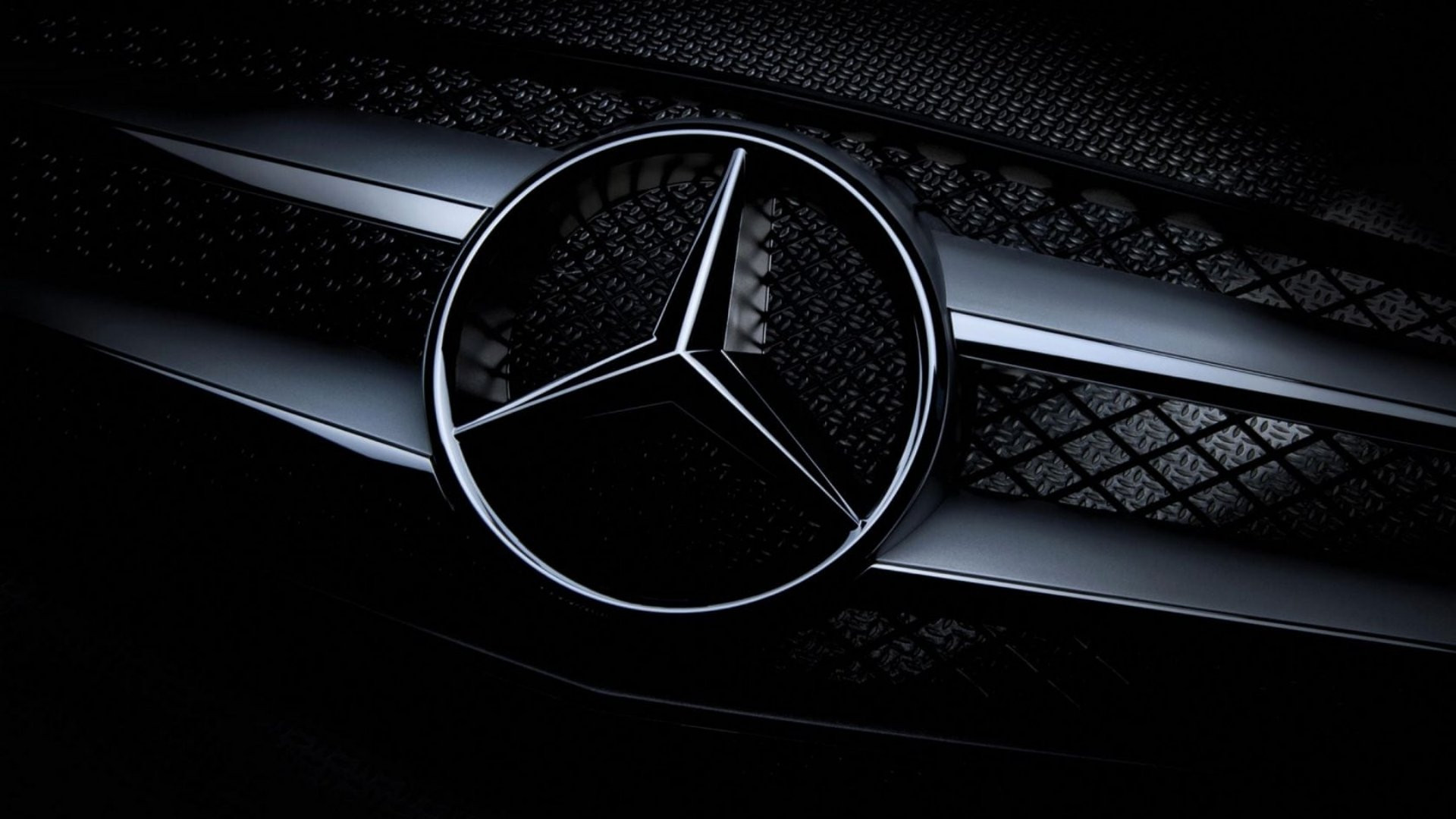
"The love of inventing never dies" - Karl Benz
Gottlieb Daimler coined the famous Mercedes-Benz motto “Das Beste oder Nichts”, meaning “the best or nothing”, and he could not have chosen better words. The world-renowned brand has lived up to this statement throughout the decades, always delivering ground-breaking innovation and superior automotive designs.
Looking back at the history of Mercedes-Benz, four very important names come to mind: Karl Benz, Gottlieb Daimler, Wilhelm Maybach and Emil Jellinek. These four people were mainly responsible in making Mercedes-Benz what it is today.
The Mercedes-Benz brand was founded by automobile pioneers Karl Benz and Gottlieb Daimler in 1926 as Daimler-Benz. It was Carl Benz who built the first gasoline-powered automobile, while Daimler patented the first motorcycle and later built his own automobile, both of which were designed with the help of Wilhelm Maybach, who also has a number of automotive technology breakthroughs under his name. The Mercedes-Benz brand has successfully continued the legacy of its founding fathers over its long history, always at the forefront of innovation across performance, styling and safety.
Daimler AG is the German automotive corporation behind the highly successful Mercedes-Brand today. Headquartered in Stuttgart, Germany, it is one of the most prestigious luxury brands in the world, Daimler AG is one of the largest manufacturers of commercial vehicles, with a proud history of excellence. Mercedes-Benz Cars is one of the five business units operated by Daimler Group, which also includes Mercedes-Benz Vans, Daimler Trucks, Daimler Buses and Daimler Financial Services.
Regardless of the fact that today Mercedes-Benz has offices in over a hundred locations around the globe, just like so many other successful businesses, it came from humble beginnings and stood the test of time, with nothing more than a bold vision. In this case, the vision was to build the world’s first ever “horseless carriage”.
Karl Benz was an engine designer and automobile engineer from Germany. He was the creator of the Benz Patent Motorcar in 1885, which is considered to be the world’s first automobile. To support the functionality of her husband’s creation, Mrs Bertha Benz took the new automobile along with her two sons on a 106km road trip. She even served as her own mechanic during the trip, and this act, brought Benz’s company, Benz & Cie, great success from 1889 to 1899.
Gottlieb Wilhelm Daimler was an industrial designer in Germany, he was also one of the founders of the internal-combustion engines and developed some of the very first automobiles. He also invented the high-speed petroleum fuelled engine. Daimler was partners with another inventor named Wilhelm Maybach, and the two converted their partnership into a company named Daimler Motors Corporation. Their very first automobile was sold in 1892.
Emil Jellinek was an entrepreneur who worked with Daimler Motors Corporation and he helped to create the Mercedes 35HP in 1900. Jellinek named the new cars after his daughter Mercedes Jellinek and trademarked the Mercedes name in 1902.
After a while of competition between Daimler Motors Corporation and Benz & Cie, Gottlieb Daimler and Karl Benz’s companies became allied forces, and the first Mercedes-Benz vehicles were produced in 1926.
The idea for the Mercedes-Benz logo came from Paul and Adolf Daimler, the sons of Gottlieb Daimler who died in 1990, they adapted a three-pointed star. Their father, had used a symbol like this to mark the family’s house on a postcard depicting a view of the town of Deutz during his time as a technical director of Gasmotorenfabrik Deutz. On 24 June, DMG applied for a legal protection for a graphically designed version of the symbol.
Around the same time, the company also applied for protection of a symbol comprising a four-pointed star. However, from 1910 onwards, only the three-pointed star was used as an emblem on the radiators of the Mercedes vehicles. It symbolises the use of Daimler engines on land, at sea and in the air. The four-pointed star became the emblem of Deutsche Aerospace AG in the 1980s and is now the logo of the European Aeronautic Defence and Space Company.
In its formative years, the Mercedes star was used without a surrounding ring. Primarily it adorned the radiators, but it was also sometimes seen on the sides of the bonnets of Mercedes passenger cars, often still combined with the "Mercedes" lettering. One typical image comprises two Mercedes stars opposite one another on both sides of the characteristic V-shaped radiator.
Gallery
Share this Article
Your comment will be verified by admin before going live

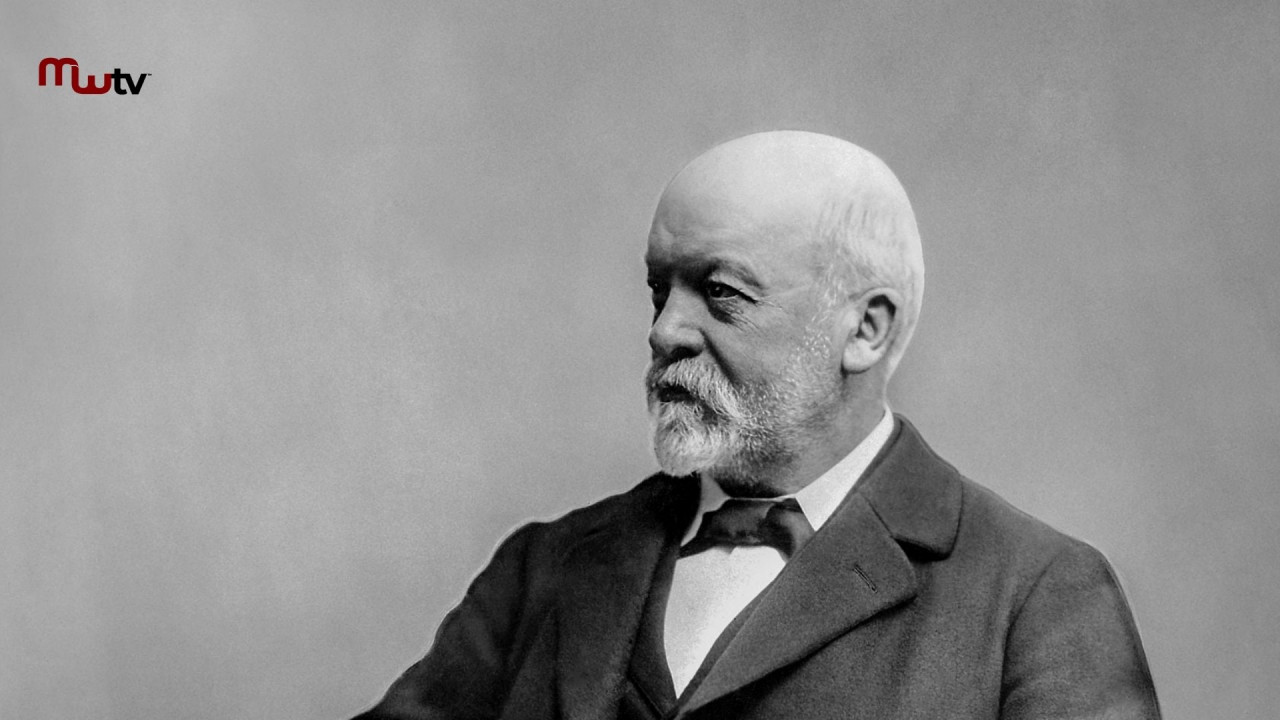
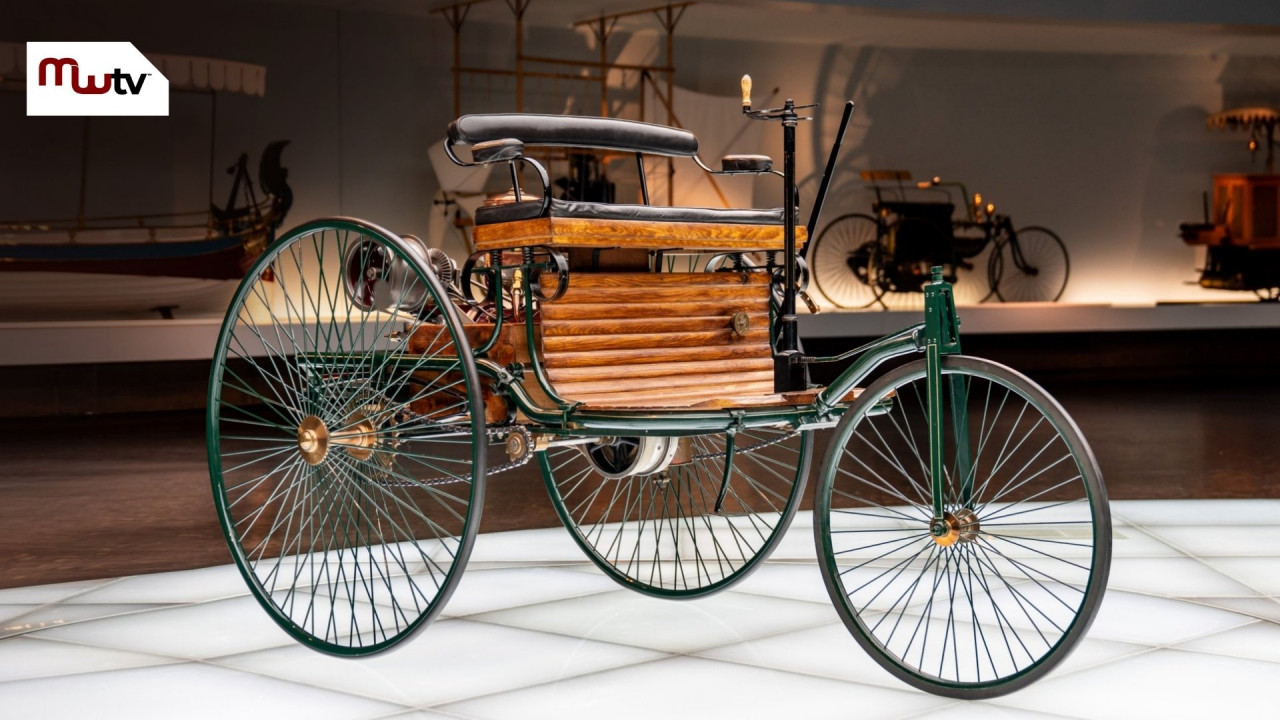
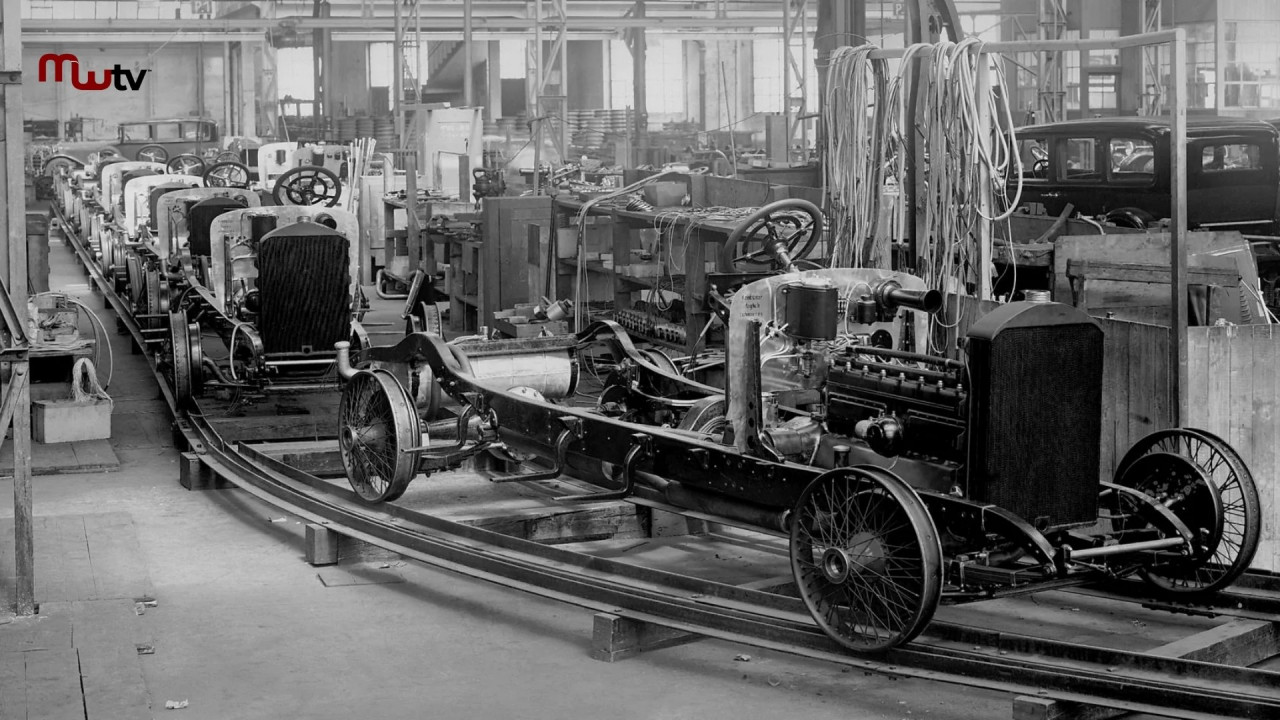
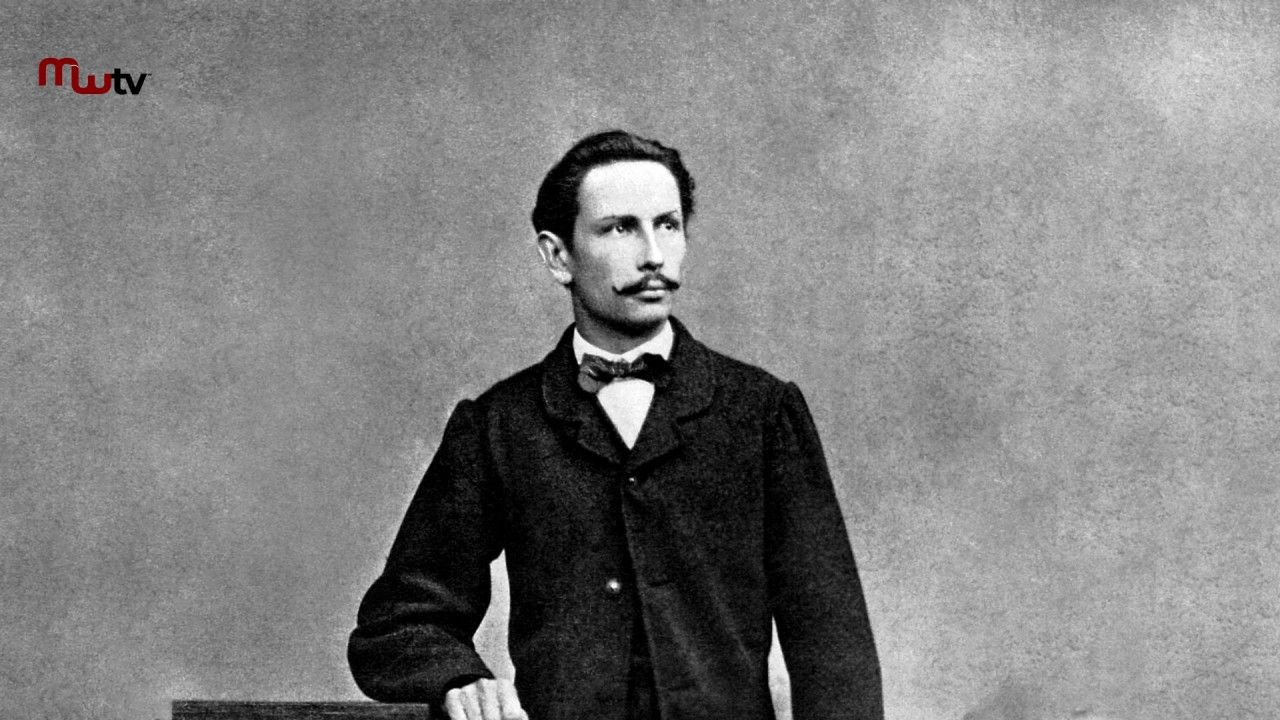
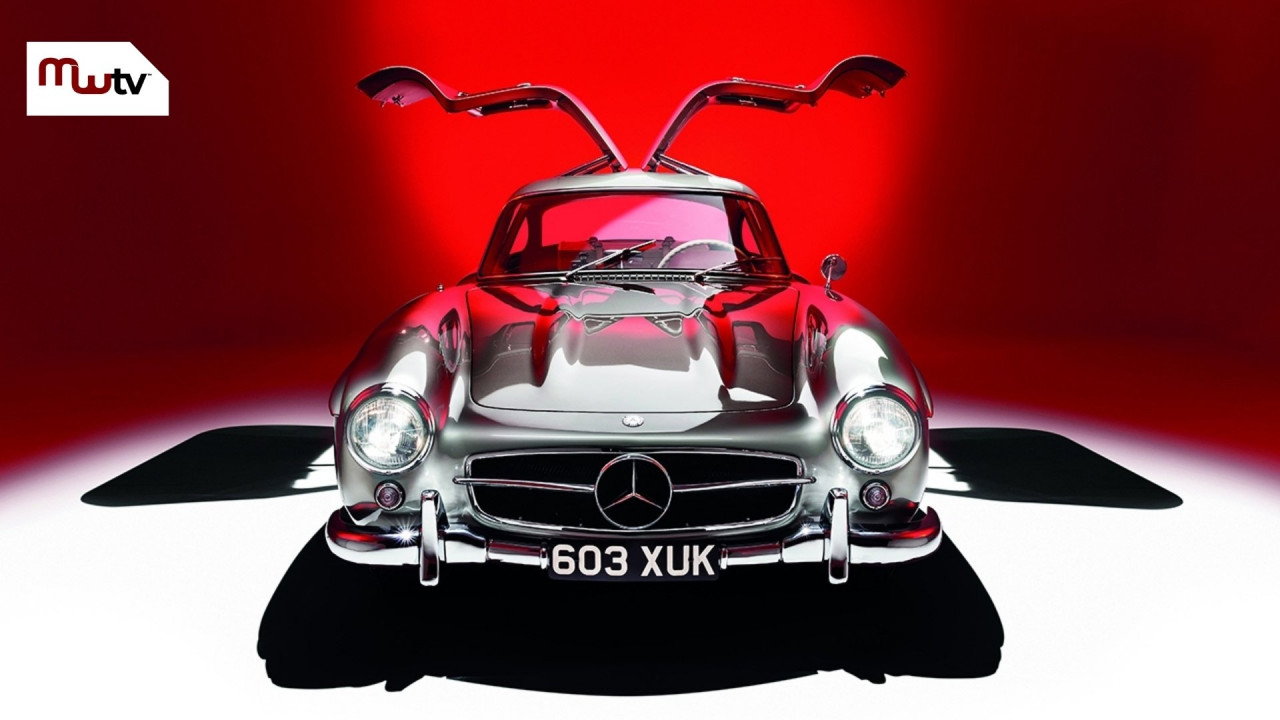


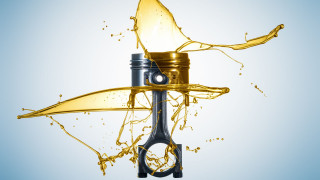


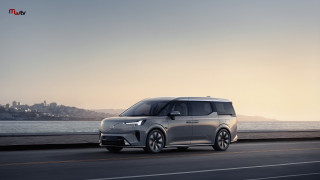
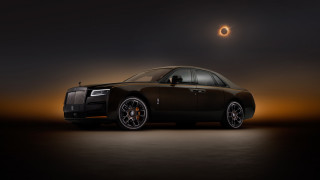
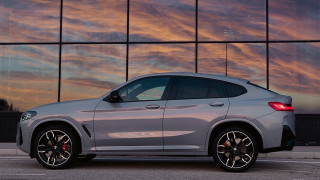
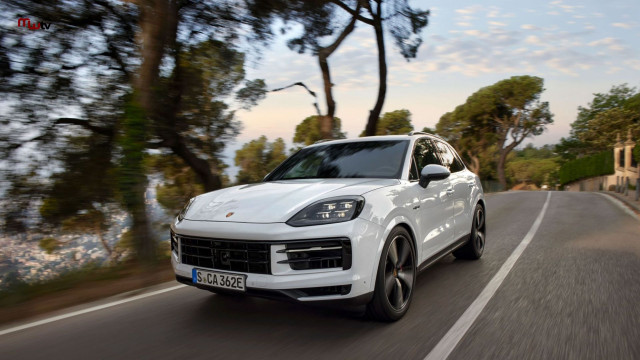
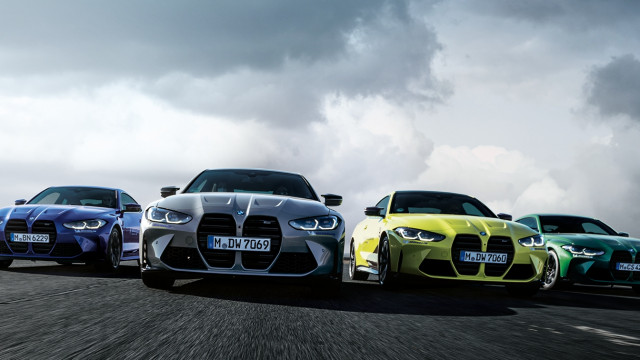
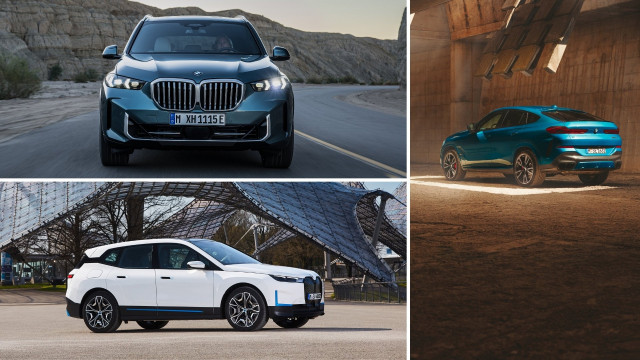
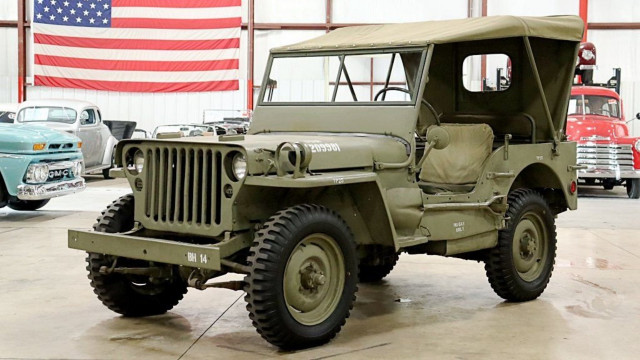

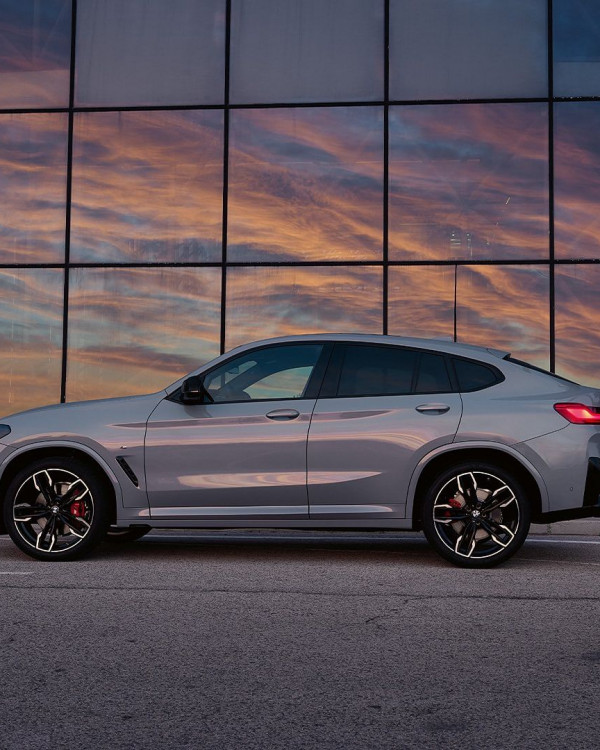

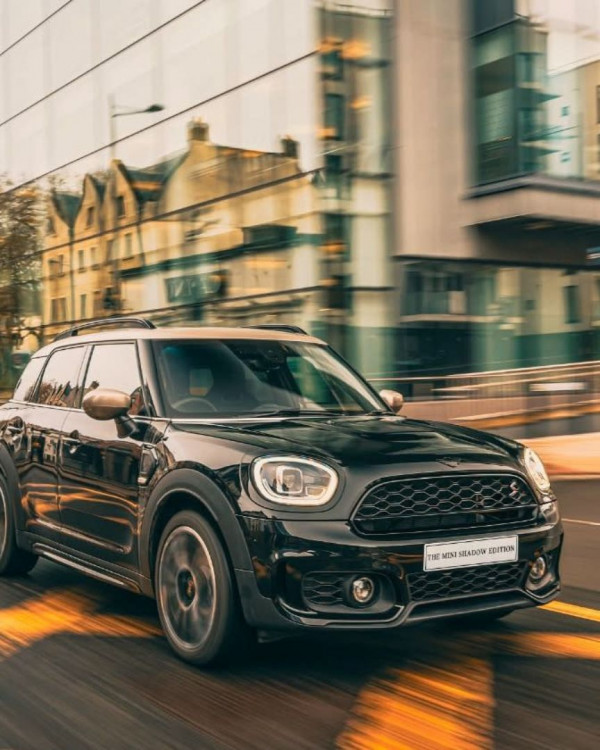
Its a bit too confusing - Daimler, then Benz, then Mercedes, and also Maybach. Each have some name somewhere. Company is called something, car is called something else. That Emil Jellinek guy didn't get anything to his name?
That's a nice observation there Aditya. With ze Germans simple things are simple and simple things are complex. ;)